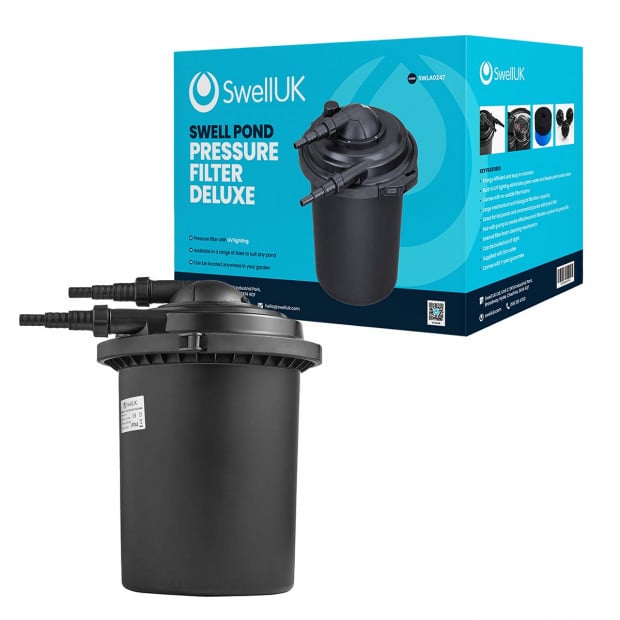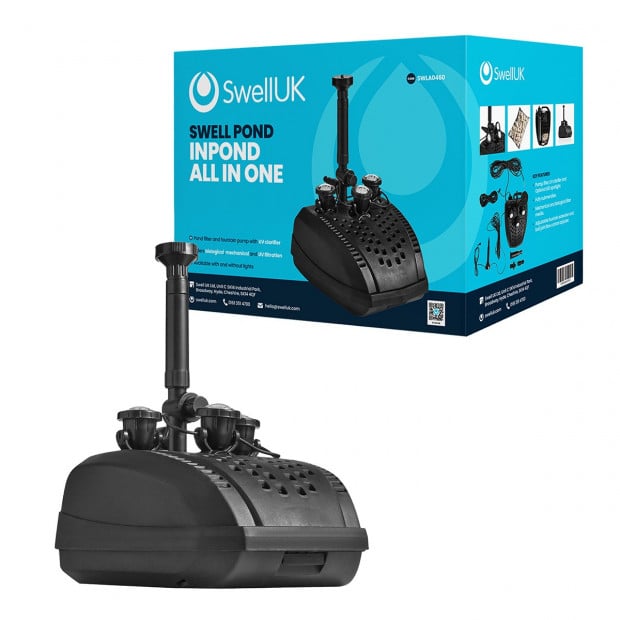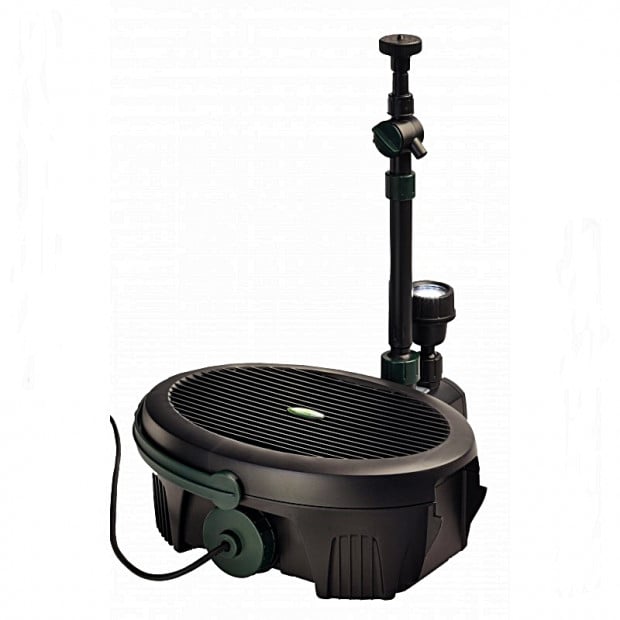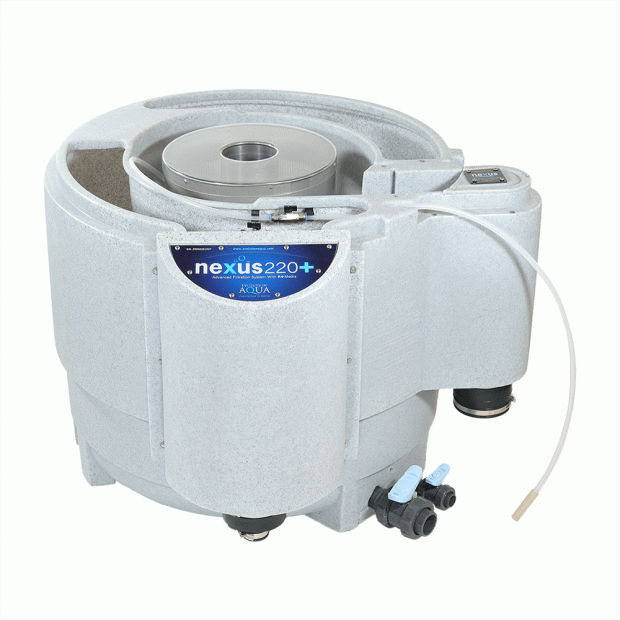We carry a large range of high-quality filters at Swell UK that are suitable for all types of garden ponds, from small wildlife ponds to large Koi ponds. Our range includes a varied selection of filters from top brands, including Evolution Aqua, Oase, and even our own high-performance range.
Pond Filters
-

-

-

-

-
 Oase BioTec ScreenMatic2 Pond Filter SetsIn stockFrom £1,496.24 Regular Price £2,299.99 Save £803.75
Oase BioTec ScreenMatic2 Pond Filter SetsIn stockFrom £1,496.24 Regular Price £2,299.99 Save £803.75 -

-
 Swell Filter Box Premium UV 45000 (no pump)In stockFrom £324.99 Regular Price £439.99 Save £115.00
Swell Filter Box Premium UV 45000 (no pump)In stockFrom £324.99 Regular Price £439.99 Save £115.00 -
 Evolution Aqua EazyPod Complete Automatic UVCIn stockFrom £807.59 Regular Price £849.95 Save £42.36
Evolution Aqua EazyPod Complete Automatic UVCIn stockFrom £807.59 Regular Price £849.95 Save £42.36 -
 Evolution Aqua K+ Advanced Filter - Bead FilterIn stockFrom £992.89 Regular Price £1,045.00 Save £52.11
Evolution Aqua K+ Advanced Filter - Bead FilterIn stockFrom £992.89 Regular Price £1,045.00 Save £52.11
Help and advice on shopping for: Pond Filters
How to choose the right pond filter
Choosing the right filter is essential in maintaining healthy and clear water. Whether your filter is for a small or large garden pond, there’s a perfect filter for your needs.
Several factors are worth considering when choosing your filter including the size of your pond, the fish you are keeping, and your maintenance preferences. Understanding the features of the different types of filters will help you to decide which is most suitable for you.
Types Of Pond Filters:
- Pressure Filters – Maintain water pressure, perfect for use with waterfalls and fountains
- Box Filters – Use gravity to filter the water, ideal for ponds that don’t have high-pressure features
- In-Pond Filters – Combines a pump, filter, and UV light in one compact unit, ideal for small ponds
- Koi Pond Filters – Purpose built large and powerful filters for handling Koi waste
For a more detailed guide on selecting the right filter, check out our comprehensive guide here.
Why choose Swell UK?
At Swell UK we offer:
- Price Match Guarantee: Enjoy the best prices on leading brands (see T&Cs)
- Next-Day Delivery: Quick and dependable shipping right to your door
- Extensive filter ranges
- Expert Guidance: Our specialists are here to help with any questions!
Frequently Asked Questions
What is the difference between pond filters and pond pumps?
Pond pumps supply filters with water, and filters remove excess waste, allowing for clearer and healthier water. Pumps and filters are used together to support an effective filtration system that supports aquatic life.
What size pond filter do I need?
We recommend purchasing the largest filter you can as you cannot over-filter your pond. The higher the power, the more effective the filter.
How do I clean my pond filter?
Simply rinse your filter media in a bucket of pond water to remove waste. We do not recommend using tap water, as this kills off all the essential beneficial bacteria that supports aquatic life.
Do I need to leave my pond filter running constantly?
To prevent debris, excess nutrients, and harmful bacteria from degrading the quality of your water, you will need to keep your filter running constantly.










